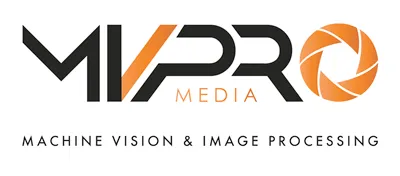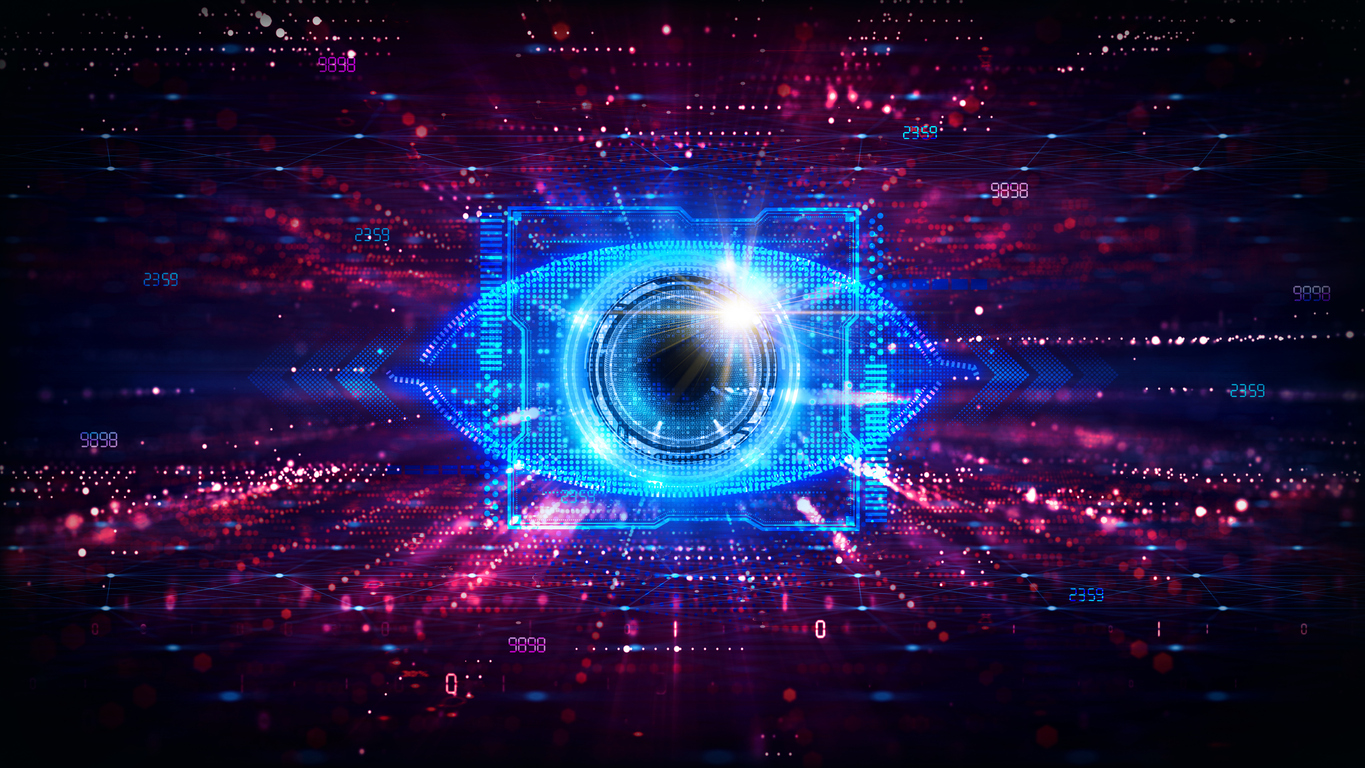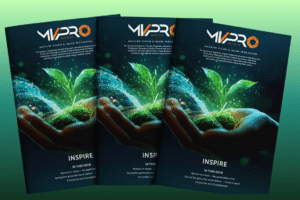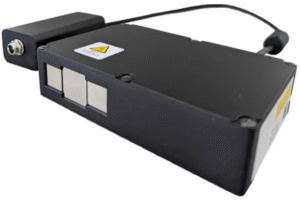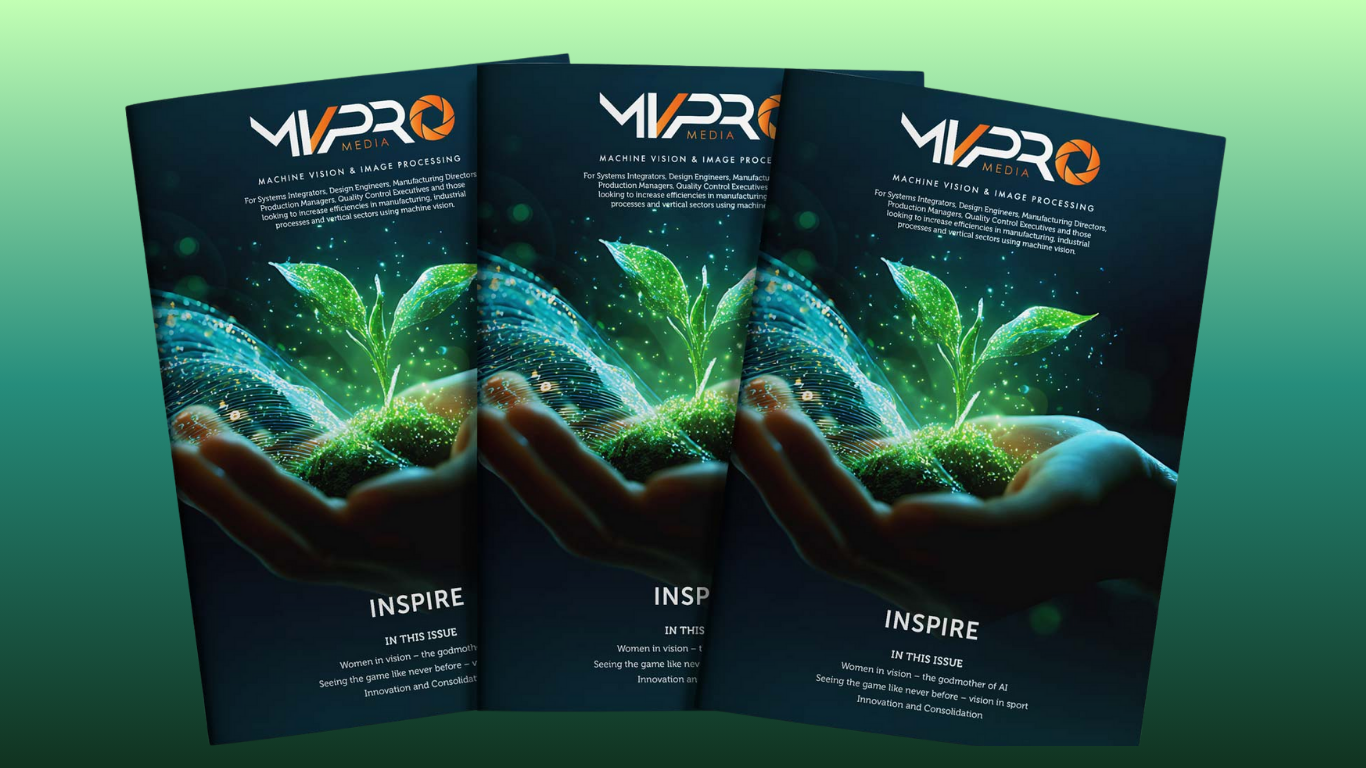Since the inception of machine vision, women have played a major role in this field. To honor that role, MVPro is running a three-article series about prominent women in machine vision. Last month, we profiled Dr. Petra Gospodnetic. This month, we’ll be looking at the women who have shaped machine vision over the years.

Dr. Fei-Fei Li: The Godmother of AI
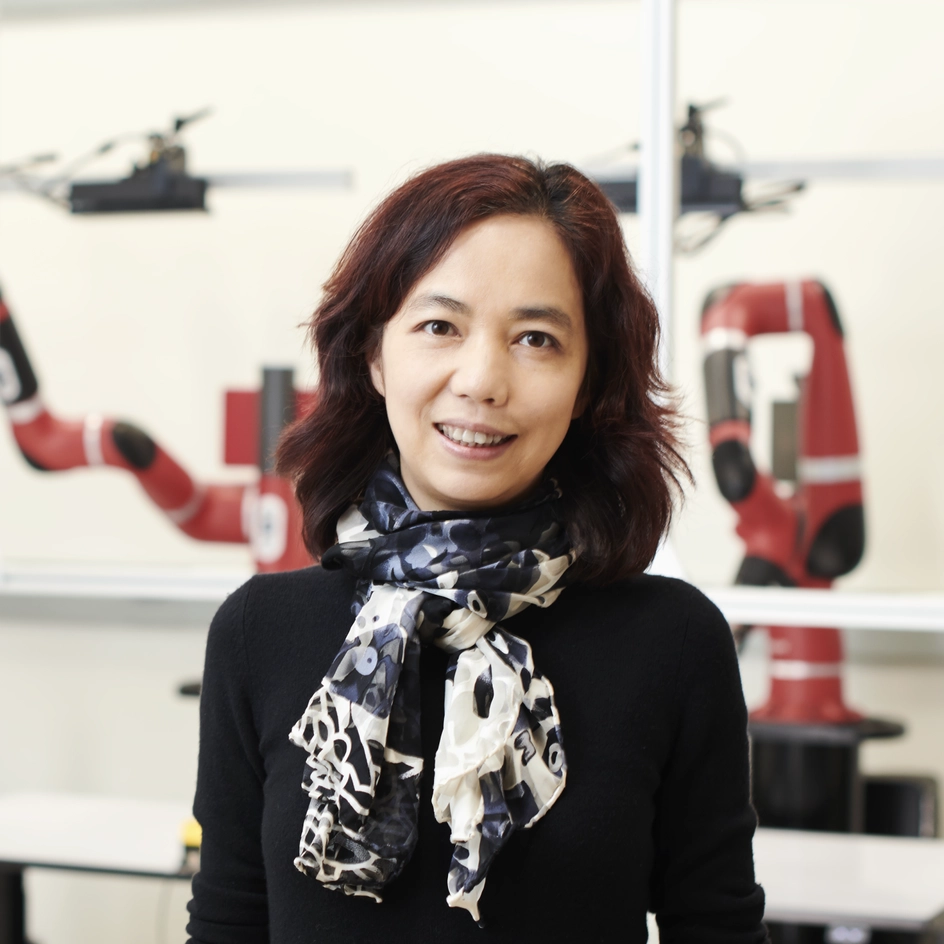
Dr. Fei-Fei Li played a foundational role in the creation of AI image-recognition systems in the first decades of the 21st century.
She obtained her Bachelor of Arts degree in physics from Princeton University in 1999. Six years later, Li completed her PhD in electrical engineering from the California Institute of Technology. During her studies, she played a crucial role in advancing one-shot learning. One-shot learning is a method within the field of computer vision and natural language processing that enables AI to generate predictions based on limited data sets.
A year after completing her PhD, Li saw an opportunity: the rapid growth in online images meant there was a need to develop more reliable models and algorithms for organizing, indexing, retrieving, and interacting with visual and multimedia data.
She returned to Princeton, this time as a member of the computer science faculty. At Princeton, Li began working with other professors to create a database called ImageNet that would comprise 3.2 million images by 2009.
The next year, Li and her colleagues held a competition, the goal of which was to accurately classify as many images in the database as possible with the lowest error rate. Participants had to use their own algorithms. The competition became an annual event, and every year since, the error rate of the algorithm decreased.
Li became an assistant professor at Stanford University in 2009, and four years later, was named director of Stanford’s AI laboratory. During a sabbatical from the university, she worked at Google, serving as vice president and chief AI/machine learning scientist for the company’s cloud division. Upon returning to Stanford in 2019, Li was appointed the co-director of the university’s Institute for Human-Centered Artificial Intelligence.
She cares deeply about the inclusion and representation of women and minorities in computer science. In 2017, Li founded the non-profit organization AI4ALL, which champions inclusivity in AI education.
Dr. Rita Cucchiara: A Computer Vision Pioneer
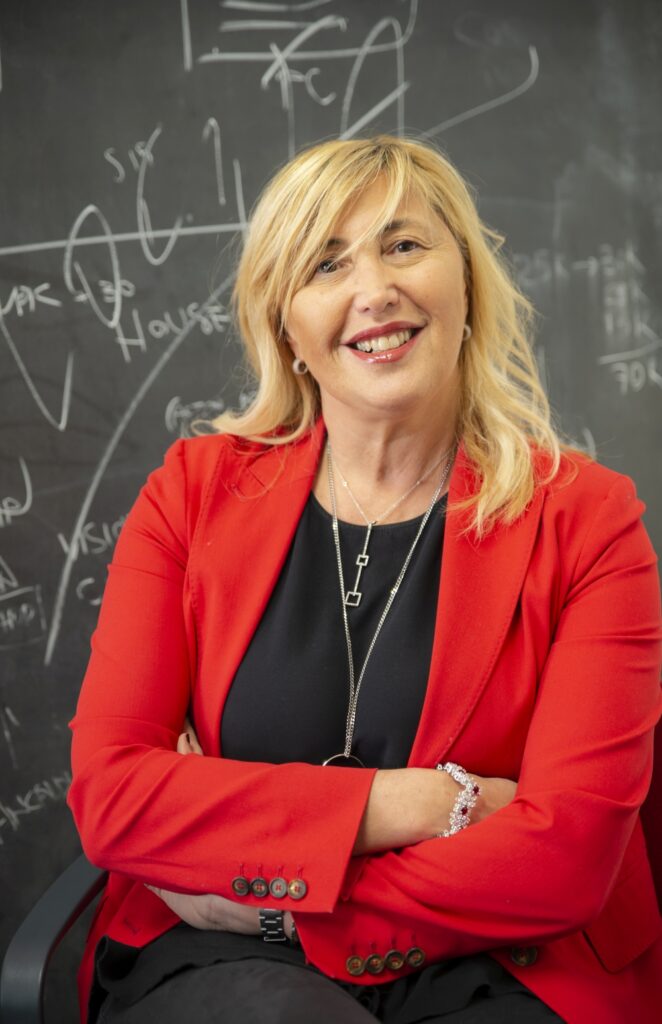
Dr. Rita Cucchiara has been contributing to the field of computer vision since the late 1980s.
She graduated in 1989 from the University of Bologna with a degree in electronic and computer engineering. Three years later, Cucchiara completed her PhD. Her thesis focused on parallel architectures for image Processing and robot vision, neural networks and genetic algorithms for clustering. During her PhD, she received a grant to design a parallel computer for image processing. The computer was named Giotto in honor of the Italian proto-Renaissance painter.
Between 1993 to 1998, Cucchiara served as a research assistant at the University of Ferrara. She became an associate professor in the Enzo Ferrari Department of Computer Science and Engineering at the University of Modena and Reggio Emilia (UNIMORE) in 1998, and in 2005, was promoted to full professor. Between 2008 and 2012, Cucchiara was the deputy dean of the Engineering Faculty in Modena. She was also the director of the inter-departmental center of Research, Softech-ICT, from 2011 to 2018. Between 2014 and 2018, Cucchiara served as director of ICT Council of the High-Tech Network of Emilia. Since 2021, she’s been the director of the Center of Artificial Intelligence and Innovation (AIRI) of UNIMORE.
Cucchiara’s research has focused on computer vision and AI, specifically the computational aspects of deep learning applied to visual, language and multimodal data. She was the driving force behind important studies in video surveillance as well as human behavior and understanding. Cucchiara has also contributed to the collection of several datasets for human understanding, surveillance, and automotive applications, such as the pioneering open platform called Video Surveillance Online Repository (ViSOR), ALOV++ for single-object tracking, the DukeMTMC-Groups dataset defined by Duke University for tracking groups of people, and the MotSynth Dataset for pose estimation.
Dr. Duygu Ceylan: The Next Generation
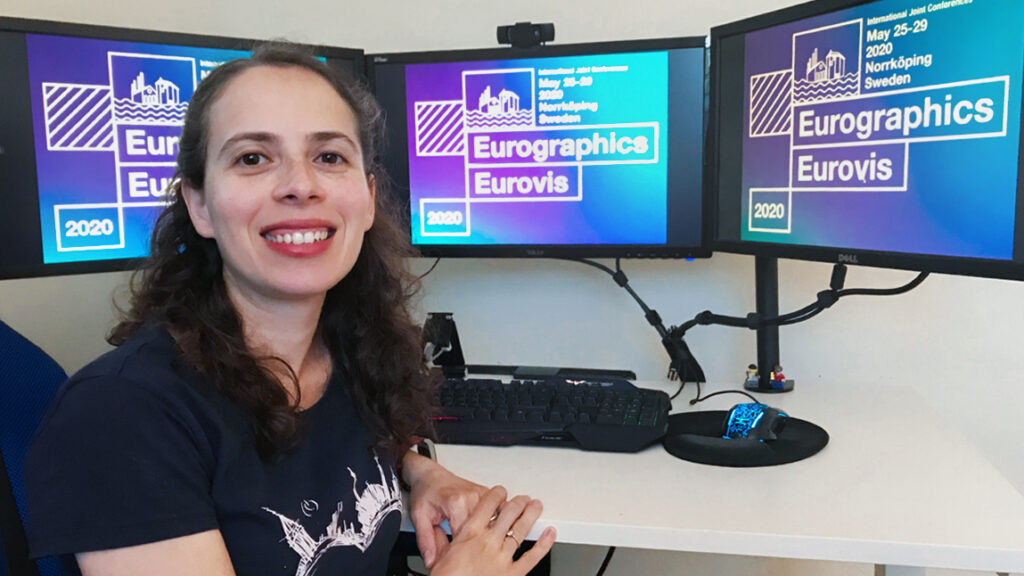
Dr. Duygu Ceylan is a senior research scientist at Adobe Research. While her career is still in its early stages, she’s already won awards for her work.
Ceylan graduated from the computer engineering department of the Middle East Technical University in 2007 and completed her master’s degree in computer science from the University of Bilkent in 2009. She obtained her PhD in 2014 from the Ecole Polytechnique Federale de Lausanne (EFPL). Her PhD work focused on using computational shape understanding, specifically exploring symmetry priors, in the context of 3D reconstruction from images.
After completing her PhD, Ceylan joined the research team at Adobe. In her capacity as a researcher for the company, she studies how to use machine learning techniques to infer and analyze 3D information from images and videos and utilize this to generate and edit 2D and 3D content. Her goal is to bridge the gap between 2D and 3D.
Ceylan’s work has already attracted attention. In 2015, she won the Eurographics PhD Award. Five years later, she received the Eurographics Young Researcher Award.
Women in Machine Vision: The Past, the Present, the Future
Women have been involved in machine vision from its earliest stages. Thanks to Li and Cucchiara, we have a deeper understanding of how to accurately classify images and effective video surveillance. In their roles as leaders of research institutions, these women continue to shape developments in the field.
Ceylan represents the present as well as the future of machine vision. She’s working on exciting new developments. As the years pass, Ceylan and her peers will undoubtedly make major contributions to the field and guide the next generation of women in this field.
If you’re a woman in machine vision or know a woman in machine vision who would be interested in being interviewed, please reach out. We’d love to feature you in our next issue!
